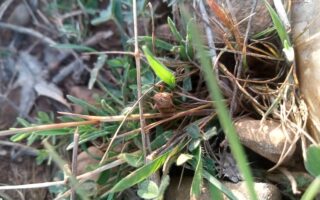
Hatching is underway!
The Conservatoire d’espaces naturels Provence-Alpes-Côte d’Azur, the Parc Animalier de la Barben, and the Citadelle de Besançon are pleased to announce the birth of Primo, a beautiful baby Crau Plain Grasshopper measuring ...
Grasshoppers do not get much press, especially because of the damage that some species can cause in the field. However, not all species can be put in the same basket. Here are some explanations.
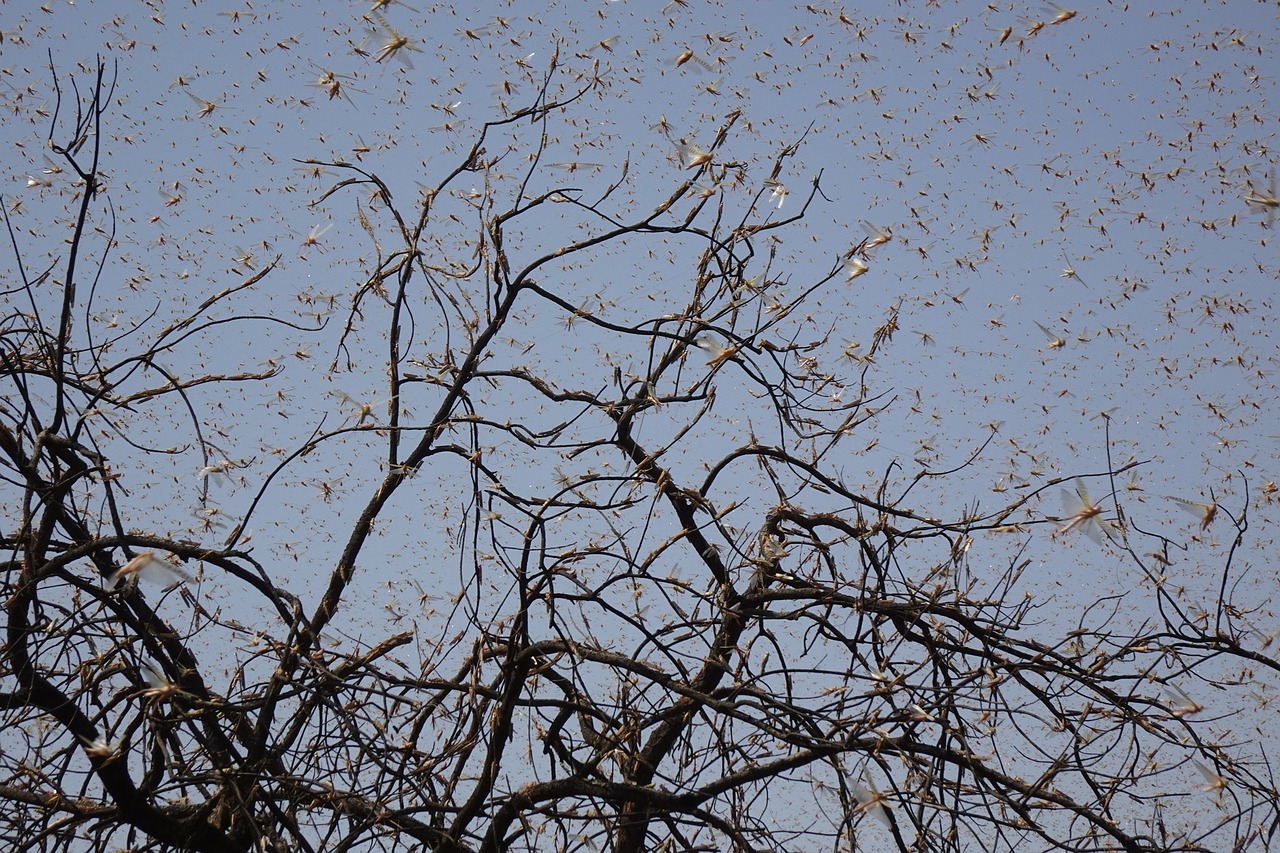
Nuée de Criquet © Bishnu S
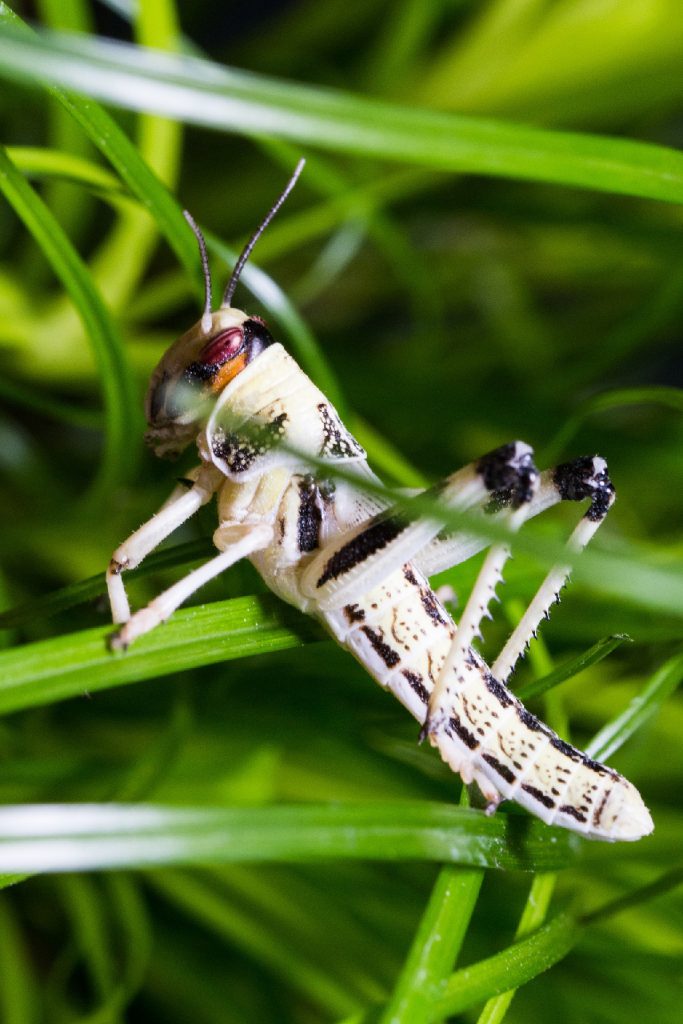
When we think of orthopterans (locusts, grasshoppers, and crickets), the biblical image of the ten plagues of Egypt and its clouds that “cover the whole face of the earth, eat plants and fruits, and plunge the world into darkness” (Exodus) quickly comes to mind.
This text echoes the ravages of grasshoppers in certain regions of the world, often already very vulnerable, such as the Sahel or East Africa.
But did you know that this appalling reputation, firmly anchored in the collective imagination, is due to a few species, the most emblematic of which is the Desert Locust? In reality, out of about 6,000 known grasshopper species in the world, only a few species are devastating, but they cause a lot of damage…
Given the media coverage of the devastation caused by these problematic species, it is not surprising that grasshoppers are known and imagined as pests.
The protection of insects is fairly recent. The conservation of orthopterans is based on the observation that, far from being abundant, most species are in sharp decline. Indeed, it is one of the most threatened groups of insects on a European scale.
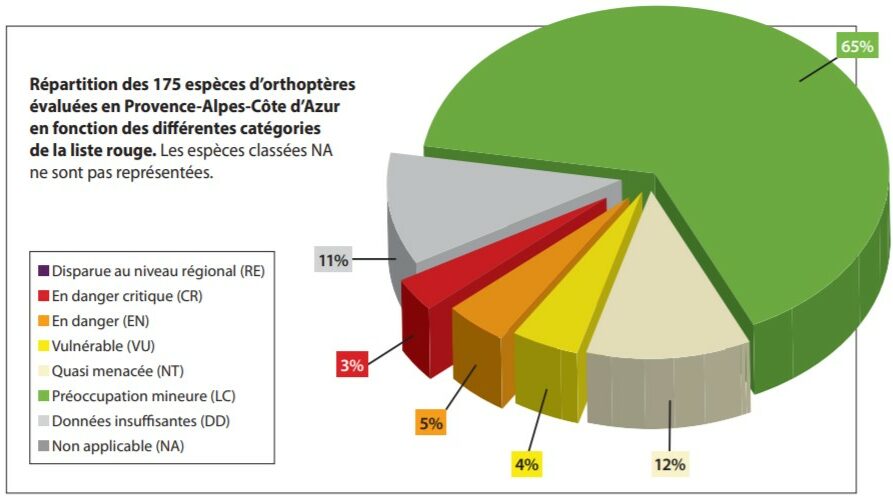
On a regional scale, a red list has been dedicated to them since 2018. It tells us that in the Provence-Alpes-Côte d’Azur region, there is a great diversity of species. The region has around 180 species of orthopterans, i.e. more than 80% of the species in France. Unfortunately, 12% of them are threatened with extinction!
Existing only in the Crau, if the Crau Plain Grasshopper disappeared, it would be one more extinction on a global scale. The Crau region therefore bears a great responsibility towards this species which benefits from an ambitious LIFE project.
Moreover, ecosystems that lose species and become impoverished become increasingly fragile in the face of climate change, disease, etc. Protecting the species around us is therefore protecting ourselves, as humans can be directly affected by their decline.
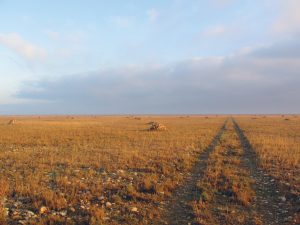
Orthopterans are a key component of the ecosystems in which they live. They play an important role in food chains as a resource for many other species of birds, reptiles and other insect-eating vertebrates and invertebrates.
Easy to observe and sensitive to habitat changes, they are valuable indicators of open environments for researchers and nature managers. Their diversity reflects the state and variety of these habitats.
The Crau Plain Grasshopper, for example, can only live in the Crau steppe, and is an indicator of the state of this unique steppe.
Links:

The Conservatoire d’espaces naturels Provence-Alpes-Côte d’Azur, the Parc Animalier de la Barben, and the Citadelle de Besançon are pleased to announce the birth of Primo, a beautiful baby Crau Plain Grasshopper measuring ...
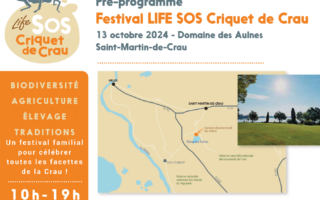
Become a partner of the LIFE SOS Crau grasshopper Festival to be held on 13 October at the Domaine départemental des Aulnes!
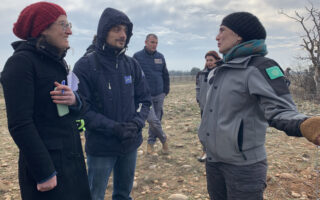
Launched in 2021, the LIFE SOS Crau Plain Grasshopper project has reached the half-way stage at the start of 2024. On 27 and 28 February, the LIFE project team was visited by Gustavo Becerra Jurado from CINEA (the European executive agency ...
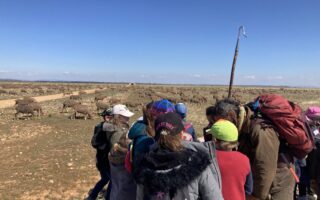
As part of the Life Crau grasshopper educational project, the Conservatoire d’espaces naturels Provence-Alpes-Côte d’Azur and the Parc animalier de La Barben are offering teachers two days of free activities aimed at ...